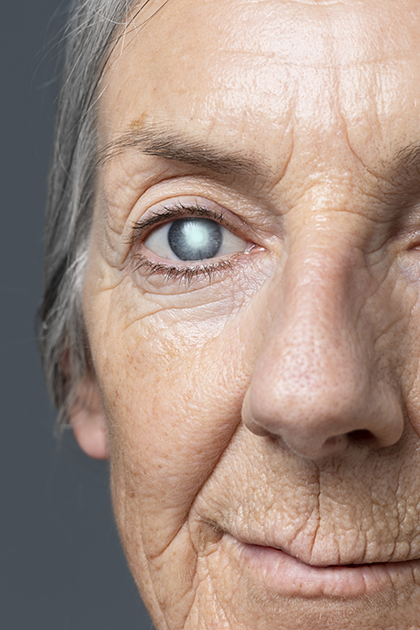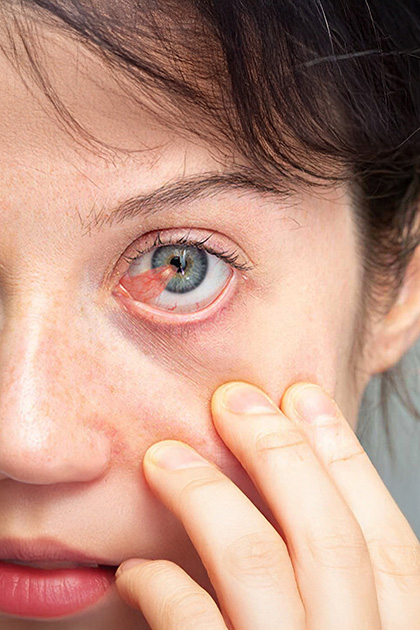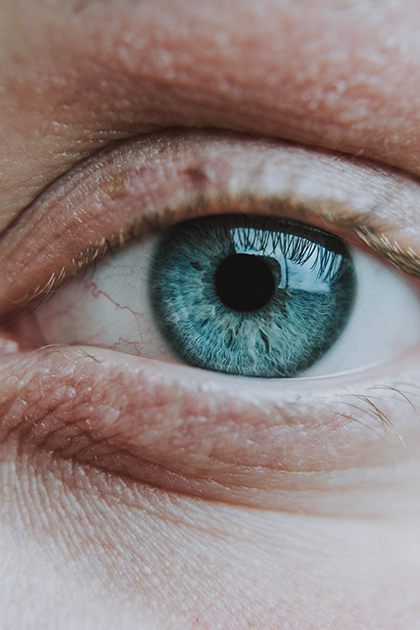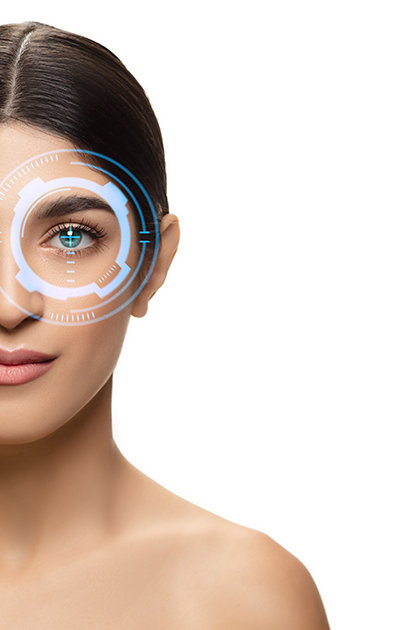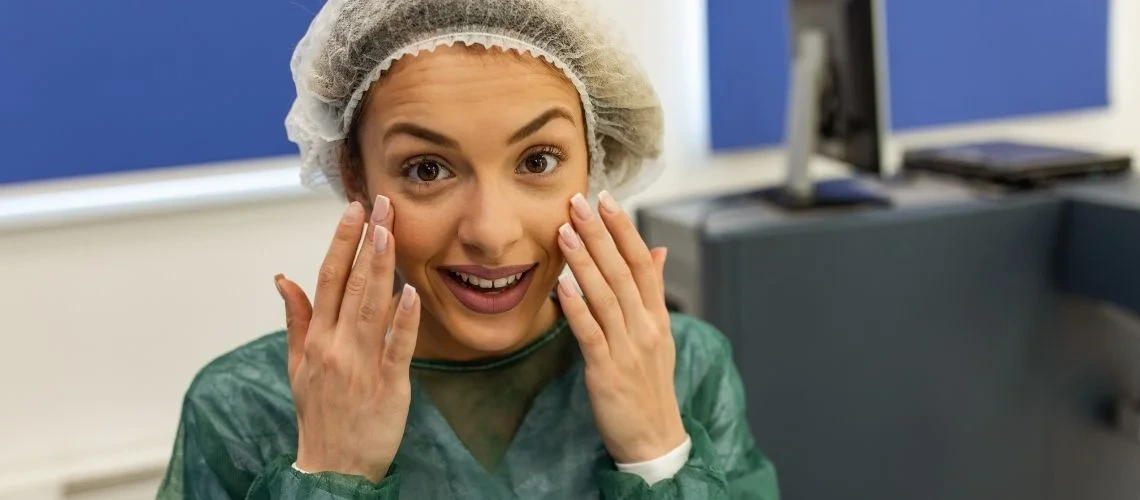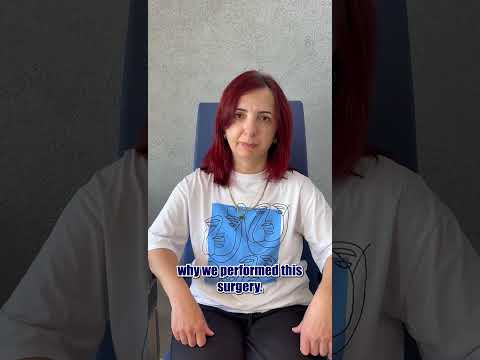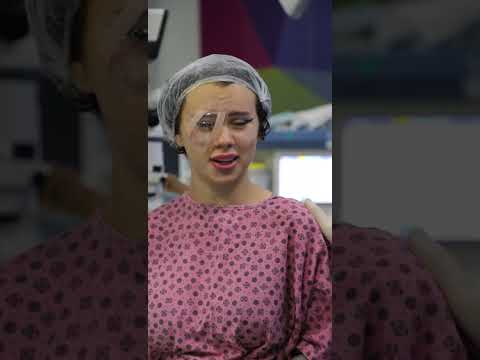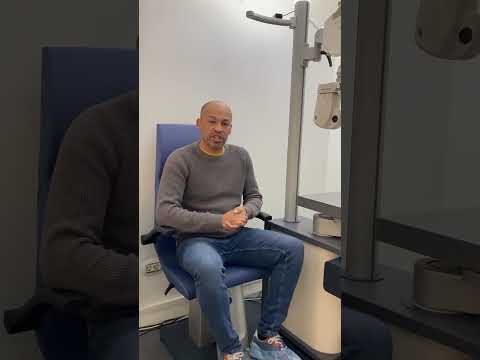Eye Treatments: Modern Methods for Clearer Vision
Our eyes are among the most vital sensory organs that directly affect our quality of life. However, vision problems that develop over time can negatively impact both daily life and overall health. Thanks to advances in medical technology, many eye conditions can now be successfully treated. In this article, we’ll explore some commonly applied eye treatment methods and who they are suitable for.
1. Permanent Solutions for Refractive Errors
Vision problems such as myopia, hyperopia, and astigmatism are usually corrected with glasses or contact lenses. However, some people seek a more permanent and practical solution. In such cases, special lenses implanted into the eye or laser treatments are commonly used.
With these methods:
-
The need for glasses or contact lenses can be eliminated
-
Effective results can be achieved even in high prescriptions
-
The treatment is tailored to the individual and typically involves a quick recovery
Tip: A detailed assessment of the eye structure is necessary to determine suitability. Not every method is appropriate for everyone.
2. Interventions for Age-Related Vision Loss
Over time, the eye’s natural lens can lose its clarity, causing blurry vision. In such cases, replacing the cloudy natural lens with an artificial one can restore sharp vision and correct both near and distance vision problems at once.
With this treatment:
-
Visual quality improves significantly
-
Dependence on glasses is reduced
-
Overall comfort and quality of life are regained
Note: New-generation artificial lenses are designed to provide clear vision at multiple distances.
3. Addressing Structural Issues on the Eye Surface
Some tissue growths on the surface of the eye can gradually increase in size, leading to aesthetic concerns or vision interference. Similarly, congenital or acquired pigmented spots on the white of the eye should be monitored carefully.
In these cases:
-
The eye surface can be aesthetically and functionally improved
-
Growths affecting the visual field can be removed
-
Simple surgical procedures often yield quick results
Recommendation: Any visible change on the eye, even if cosmetic, should be evaluated by an eye doctor.
4. The Treatment Process Is Personalized
Every eye structure is different, which means the treatment must be personalized. Detailed examinations, eye measurements, and an evaluation of the patient’s lifestyle are essential to determine the most appropriate treatment plan.
Remember:
-
A thorough pre-treatment evaluation is crucial
-
The process should be guided by a specialist
-
Early consultation increases treatment success
Value Your Eyes!
Eye treatments aren’t only for existing problems—they are also valuable for anyone who wants to improve their quality of life. If you're looking to get rid of glasses, see more clearly, or address aesthetic concerns, consult an experienced eye specialist to discover the best treatment option for you.





